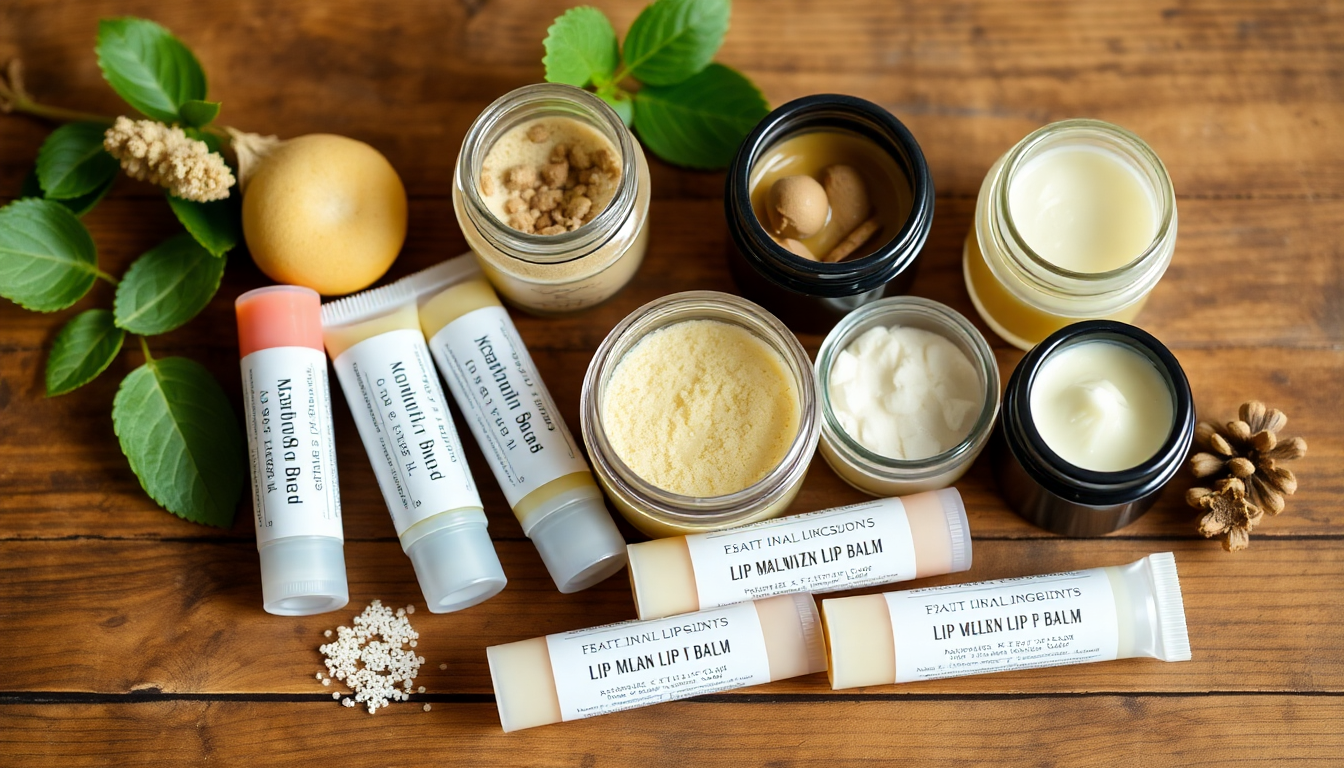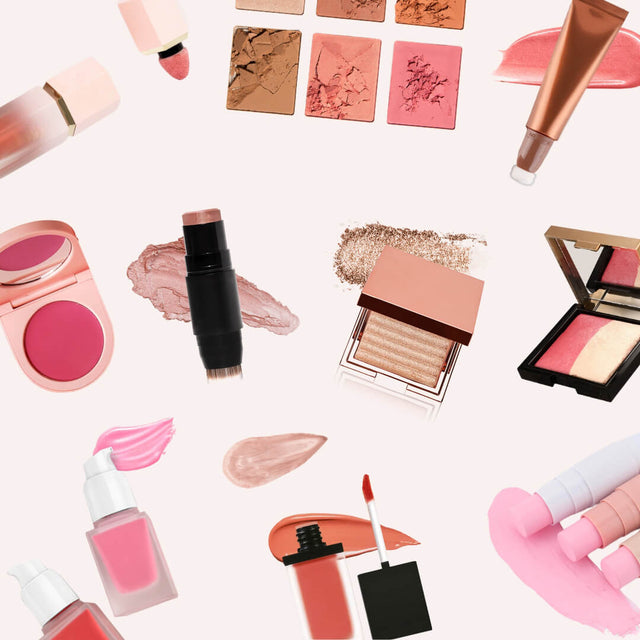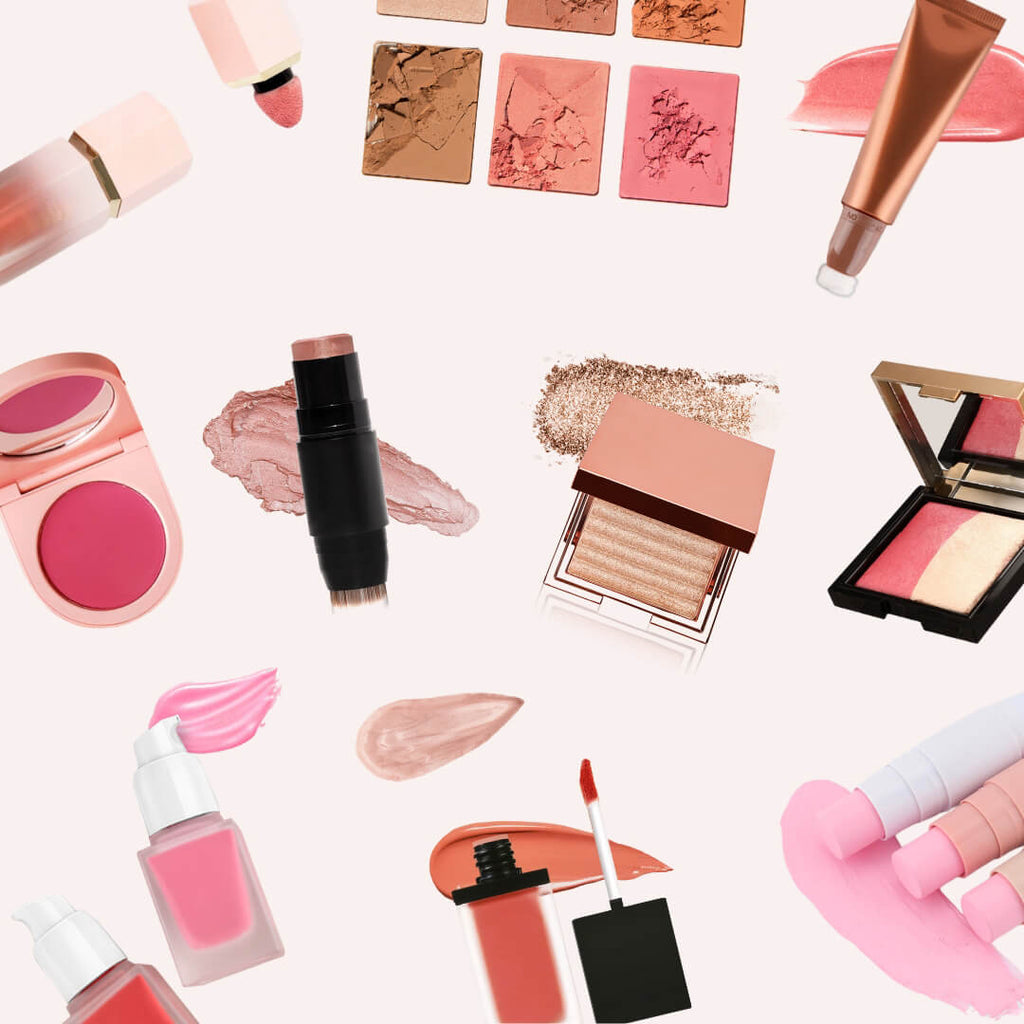
Ultimate Guide to Launching a Private Label Lip Balm Brand: From Formula to Packaging and Profit
Why Lip Balm is Your 2025 Brand Launchpad (+Trend Data)
If you're a budding beauty entrepreneur aiming to break into the cosmetics world, launching a private label lip balm brand in 2025 is a strategic, smart move. Lip balms are more than just a seasonal essential; they're a year-round staple with growing consumer demand for products that combine care, style, and sustainability. Whether you're dreaming of a tinted balm, an ultra-hydrating formula, or a balm with SPF protection, this product category offers ample room for innovation and profitability.
Here are some compelling market trends to convince you why lip balm is your perfect launchpad:
- Moisturizing Lip Products Growth: According to the NPD Group, moisturizing lip products surged by 22% in 2024, as consumers seek products that soothe and protect against environmental damage.
- Glossy Finish Popularity: Products with a glossy finish have increased 27% in Q1 2024, opening up opportunities for balms that offer shine alongside hydration.
- Vegan and Cruelty-Free Demand: Sales of vegan lip products doubled over the past year, reflecting a shift towards ethical beauty.
- Sustainable Packaging Boom: The demand for sustainable packaging alternatives in lip care rose by 35%, signaling that eco-conscious consumers are looking for brands that share their values.
Top Trending Shades for Lip Balms: In 2025, soft pinks and warm corals dominate the market, favored for their versatility and ability to complement a wide range of skin tones. These hues can be your best sellers, especially when launching a tinted balm line.
Step 1: Formula Foundations - What Beginners MUST Know
Formulating a lip balm that resonates with customers requires a delicate balance of science and creativity. For newcomers, the key is to develop a formula that’s effective, pleasant to use, and aligned with current consumer preferences, such as vegan and cruelty-free products.
Here’s a comprehensive breakdown to get you started:
- 1. Start with a moisturizing, non-sticky base: Popular base ingredients include shea butter, cocoa butter, jojoba oil, and plant-based waxes like candelilla or carnauba. These provide nourishment without the greasy feel.
- 2. Incorporate natural SPF ingredients: Consider mineral sunscreens like zinc oxide or titanium dioxide to offer SPF 15-30 protection. This adds value and appeals to health-conscious customers.
- 3. Use vegan and cruelty-free ingredients: Avoid beeswax if you want a vegan product and opt for plant-derived waxes instead. Ensure your supply chain is transparent to support certifications.
- 4. Flavor and scent selection: Choose mild, natural essential oils or flavorings such as peppermint, vanilla, or citrus. Be mindful of allergen declarations and regulations.
- 5. Tinting your balm: Mineral pigments and iron oxides are beginner-friendly options that add subtle color without compromising balm texture.
- 6. Cost-saving formulation tips: Simplify your ingredient list without sacrificing quality. Starting with a minimalistic, yet effective formula can reduce costs and speed up development.
Beginner’s Formula Checklist:
- Choose a vegan wax base like candelilla or carnauba.
- Incorporate nourishing oils like jojoba or almond.
- Decide on SPF inclusion early.
- Select natural flavor oils with low allergenic potential.
- Test pigment load carefully to avoid gritty texture.
- Validate stability and shelf-life through third-party testing.
Expert Tip: Never skip stability testing! This ensures your balm retains its texture, scent, color, and performance over time, preventing costly recalls and unhappy customers.
Step 2: Packaging That Sells - Budget to Luxury Options
Packaging is the first tactile interaction your customers will have with your brand, so it must impress while fitting your budget. Packaging choices also impact your product’s environmental footprint, which is increasingly important to modern consumers.
Here’s a detailed look at packaging options:
- Affordable Packaging: Plastic stick tubes are the most cost-effective, generally available under $0.80 per unit. They're lightweight, easy to use, and widely accepted by customers. However, they may lack the premium feel.
- Premium Packaging: Metal tubes or frosted glass jars offer a luxury experience and can justify higher price points. Prices for these options typically start at $1.50 and can go beyond $3.00 per unit.
- Sustainable Alternatives: Biodegradable options like sugarcane tubes, bamboo jars, or recycled plastics are gaining traction. While they’re pricier (around $1.20 - $2.50 per unit), they appeal to eco-conscious buyers and enhance brand storytelling.
- Minimum Order Quantities (MOQs): MOQs for packaging usually range between 500 to 1,000 units. Some sustainable options have higher MOQs or longer lead times, so plan accordingly.
Packaging Deep Dive Checklist:
- Compare unit costs between plastic, metal, and sustainable options.
- Request physical samples to evaluate tactile quality and durability.
- Confirm packaging compatibility with your balm formula to prevent leakage or chemical interaction.
- Verify label application methods (digital printing, silk screening, or labeling stickers).
- Assess supplier lead times to align with your launch schedule.
- Consider packaging recyclability for your sustainability goals.
Packaging Tip: Invest in packaging that tells your brand story — it’s an extension of your product’s promise.
Step 3: Color Selection Science - From Pantone to Profit
Selecting the right colors for your lip balm line isn’t just an aesthetic choice; it’s a strategic business decision. Think of your color palette as a capsule wardrobe for lips — a curated collection that offers versatility, seasonal appeal, and aligns with your brand identity.
To build a winning color lineup in 2025, consider the following:
- Pick 5 starter shades: Balance neutral tones for everyday wear with on-trend hues for seasonal excitement.
- Seasonal adaptability: Choose shades like warm coral (Pantone 16-1546) for spring/summer freshness, and muted rose (Pantone 18-1630) for cozy fall/winter vibes.
- Mix tinted and clear options: Include a clear balm for customers who want hydration without color.
- Account for skin tone diversity: Offer shades that complement varied complexions to broaden your audience.
- Use Pantone codes: This ensures color consistency with your manufacturer and makes communication crystal clear.
Color Strategy Checklist:
- Research Pantone color trends annually.
- Test pigment concentrations to avoid gritty or drying formulations.
- Align colors with your brand’s personality and packaging.
- Conduct consumer testing for shade appeal and wearability.
- Plan for seasonal shade rotations or limited editions.
Color Tip: Choosing lip shades is like building a capsule wardrobe — start with versatile classics, and add statement pieces seasonally.
Step 4: Cost Control Tactics - Manufacturing Insider Tips
Budgeting wisely is crucial, especially for small and medium-sized beauty startups. Understanding the full cost picture will help you price competitively and maintain healthy profit margins.
Let’s break down the typical costs and hidden expenses:
- Production Costs: Expect to pay between $0.90 and $1.50 per unit at MOQs of 500 for a simple vegan lip balm with standard packaging. Complex formulas, tinted options, or premium packaging will increase this.
- Packaging Costs: Packaging can add $0.80 to $3.00+ per unit depending on your choice (plastic vs. metal vs. sustainable materials).
- Certification Fees: Obtaining vegan, cruelty-free, and organic certifications can cost several hundred to thousands of dollars upfront but add tremendous marketing value.
- Shipping and Import Taxes: Don’t overlook freight charges, customs duties, and warehousing fees. These can add 5-15% to your landed cost.
- Marketing and Labeling: Design, printing, and promotional materials also need budgeting.
- MOQ Trade-offs: Larger MOQs reduce unit cost but increase upfront investment. Negotiate to find a balance that suits your cash flow.
Cost Control Checklist:
- Request comprehensive quotes that break down formulation, packaging, and compliance costs.
- Calculate landed cost including shipping, tariffs, and duties.
- Factor in certification and testing fees upfront.
- Negotiate MOQs and explore pilot batch options.
- Build contingency funds for unseen expenses.
Insider Tip: Simple formulas and packaging often lead to faster turnaround and better margins — start lean and scale up.
Manufacturer's Corner: How We Make Lip Balm Development Painless
Partnering with the right manufacturer can make your product development seamless and stress-free. Here are five essential questions to ask your potential supplier to ensure a smooth journey from concept to shelf:
- 1. Do you offer custom formulations and ingredient transparency? It’s vital to know exactly what goes into your product, especially for clean or vegan claims.
- 2. What are your typical MOQs and lead times? Knowing this upfront helps with inventory planning and budgeting.
- 3. Can you provide vegan, cruelty-free, and other relevant certifications? Certifications bolster your brand credibility.
- 4. How do you handle quality control and stability testing? Ask for documentation and test results to avoid surprises.
- 5. What packaging options and sustainable alternatives do you support? Confirm availability of eco-friendly packaging if that’s important to your brand.
Red Flags to Avoid:
- Vague or incomplete ingredient lists.
- Unwillingness to provide samples or testing data.
- Inflexible MOQs that don’t fit your budget.
- Poor communication or delayed responses.
- Lack of certifications aligned with your brand promises.
Manufacturer Partnership Checklist:
- Request samples and test reports.
- Verify certifications and compliance documentation.
- Discuss packaging options and lead times.
- Review payment terms and contract details carefully.
- Establish clear communication channels and points of contact.
Final Thoughts: Launch Confidently with a Winning Lip Balm
Launching a private label lip balm brand is a rewarding venture when armed with the right knowledge and partners. Focus on crafting a vegan, nourishing formula, selecting packaging that balances cost and brand identity, and building a versatile color palette that appeals to your target market. Keep your budget in check by understanding production and hidden costs, and vet your manufacturer thoroughly.
Remember: Success in private label cosmetics is about balancing creativity with strategic planning.
Ready to formulate? Request our Lip Balm Starter Kit and take the first step toward your private label lip balm success today! Visit our CONTACT PAGE to get started.




